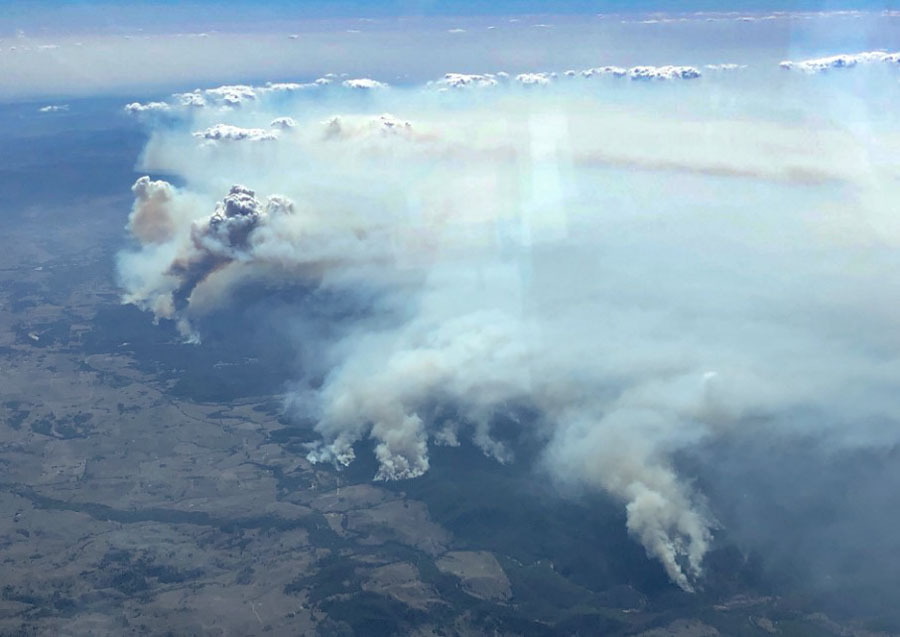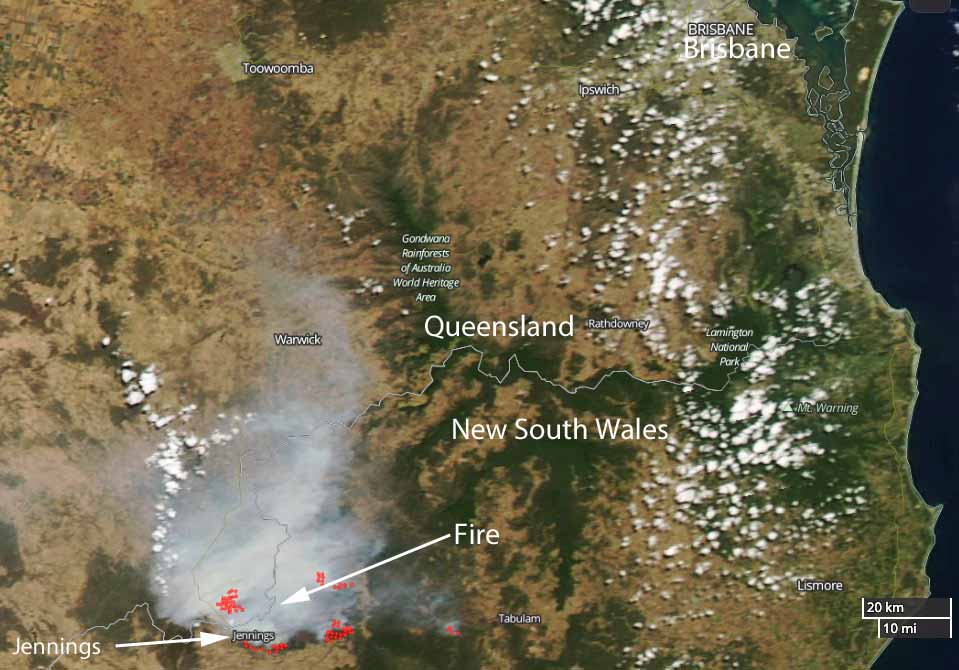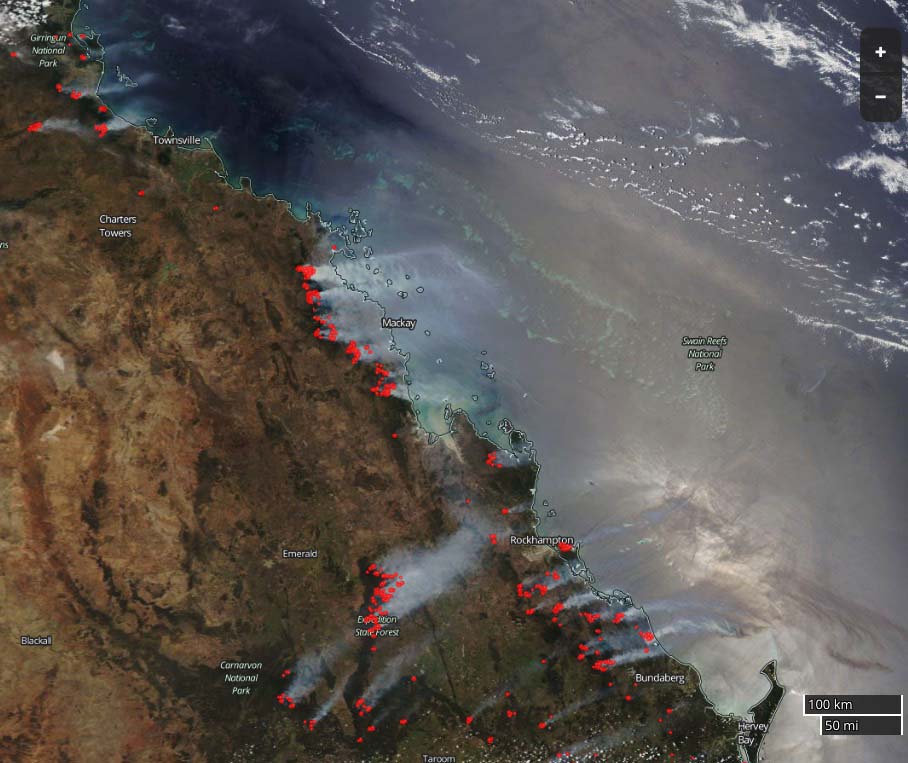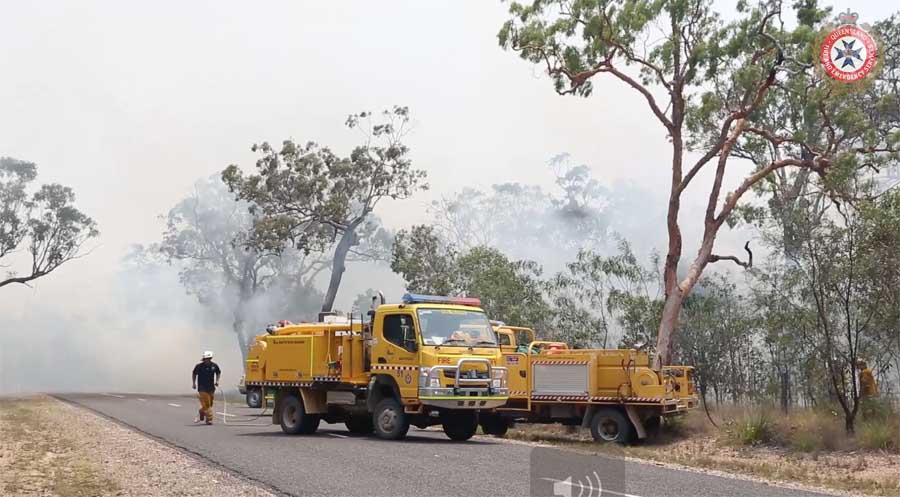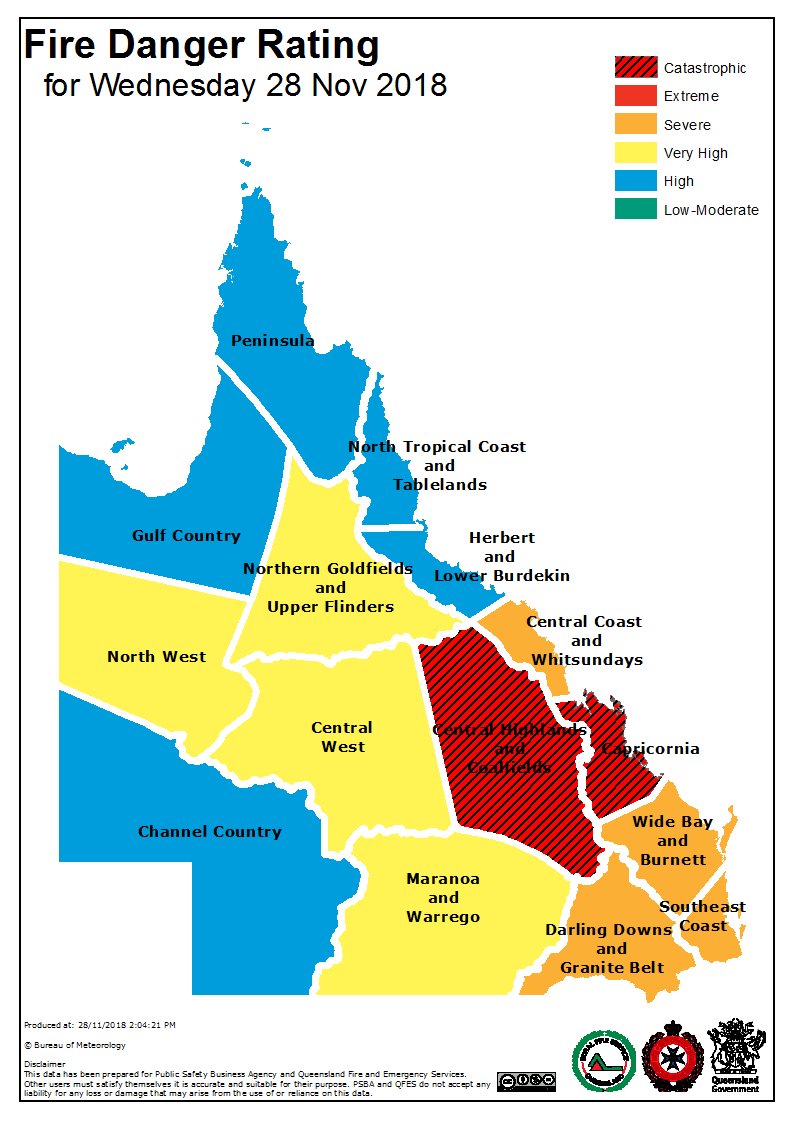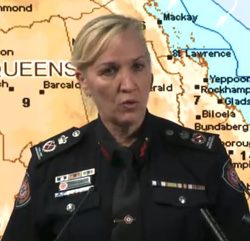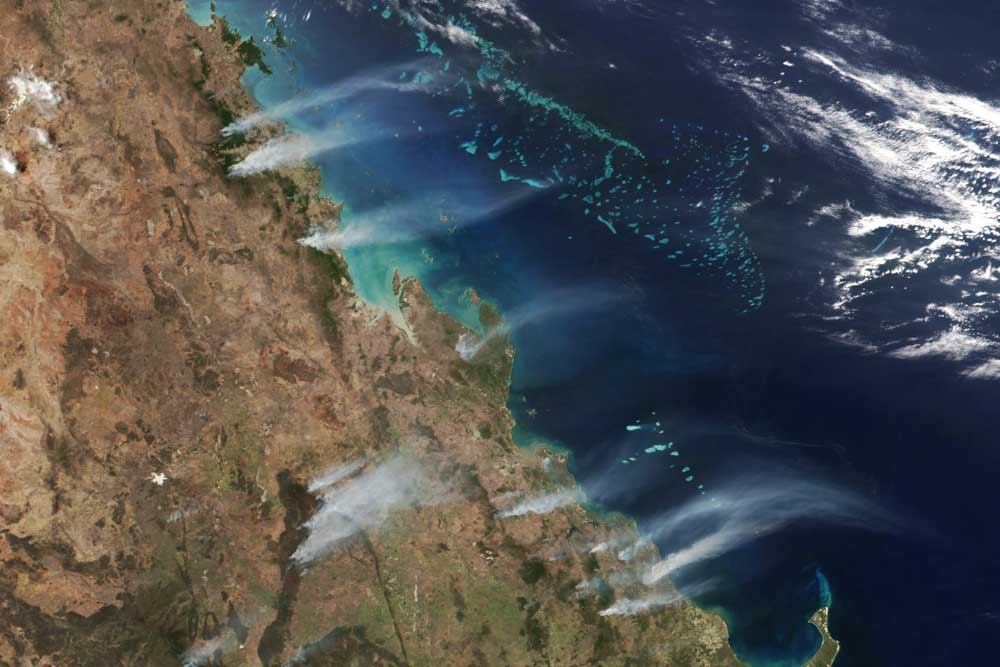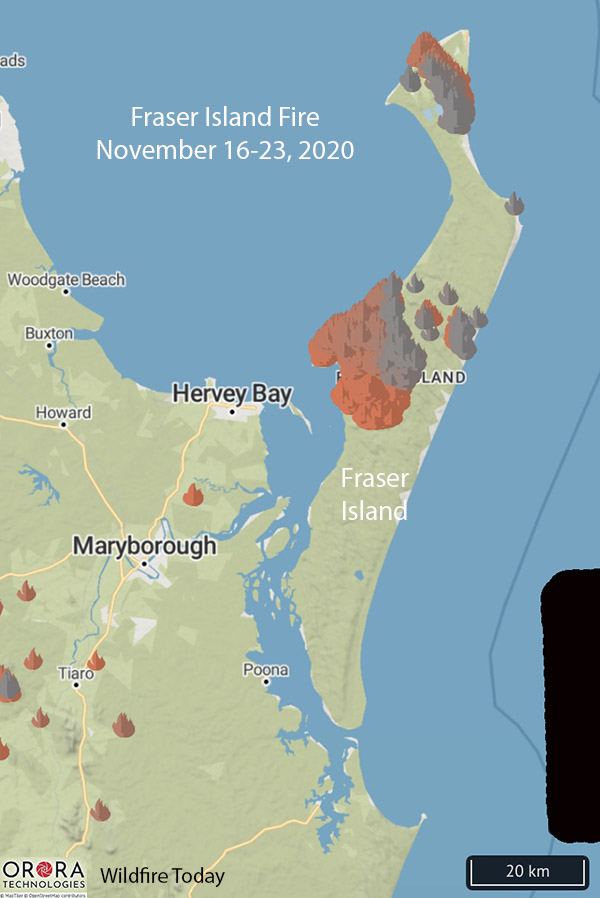
A large wildfire is burning on Fraser Island off the coast of Queensland, Australia. Since it started October 14 it has grown to 46 miles in length, north to south, covering much of the 76-mile long island.
Officials from the Queensland Fire and Emergency Services (QFES) believe it started from an illegal cooking fire that was not completely extinguished.
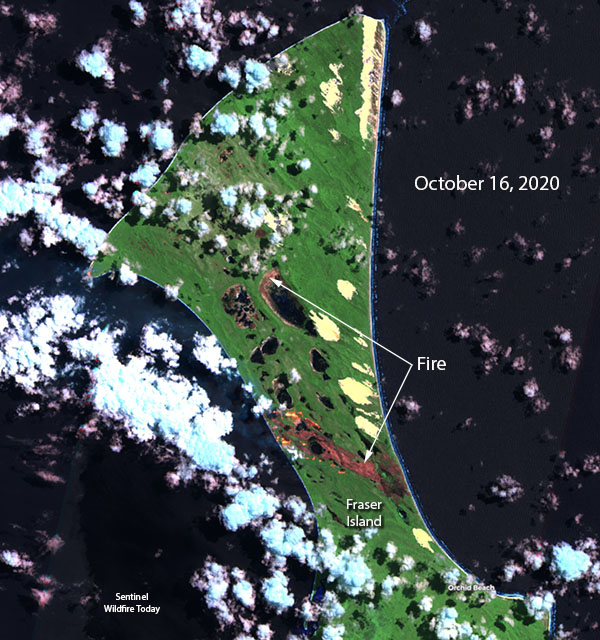
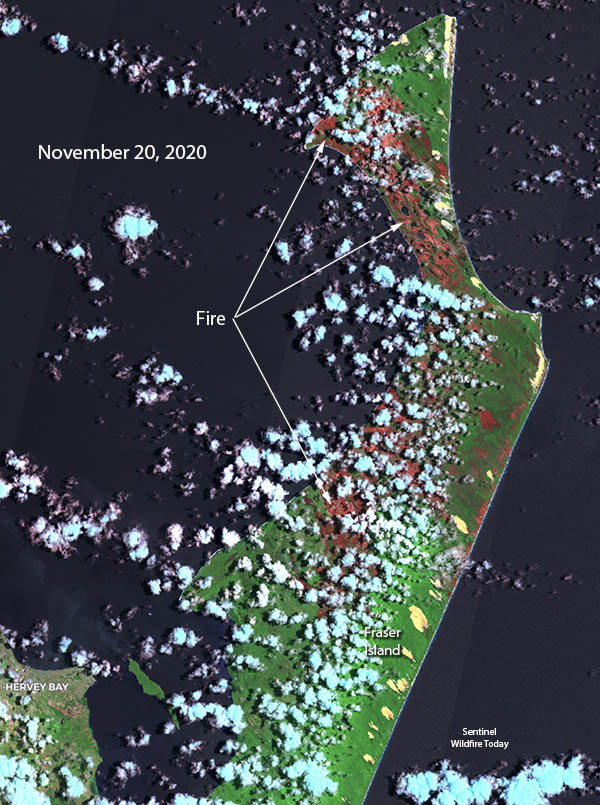
At of 2:15 p.m. Sunday November 22, the QFES reported the fire was north of Moon Point Road East, and was west of Northern Road.
Crews from the QFES are assisting Parks and Wildlife rangers working to contain the blaze with the use of back burns, assisted by Conair’s Q400 air tanker which has been dropping on the fire, reloading at Bundaberg.
No homes or private property were directly threatened as of November 20.
You may have ? Queensland’s Large Air Tanker (LAT) Bomber 141 ✈️ deploy to lend a hand with firefighting efforts on Fraser Island (K’gari) today.
The LAT has made 3 drops to aid ground crews as they work to strengthen containment lines and slow the progress of the blaze. pic.twitter.com/o0Yfb20vzx— Qld Fire & Emergency (@QldFES) November 22, 2020
Judging from the satellite data, the fire appeared to burn in a mosaic pattern, leaving unburned areas scattered throughout the fire’s footprint.
Fraser Island, a World Heritage-listed national park, is the world’s largest sand island (covering 410,000 acres), with rainforests, pristine freshwater lakes, seafront rock pools, colored sand cliffs, massive dunes and more than 75 miles of unspoiled beachfront facing the Pacific Ocean.



